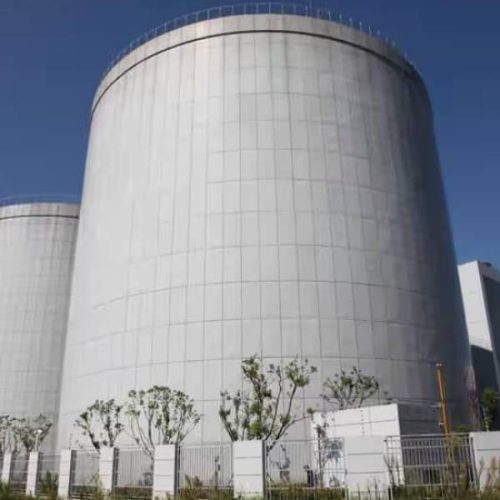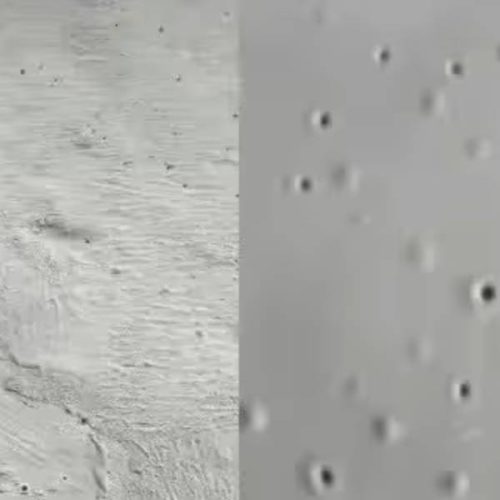Oil-Based vs. Water-Based Paint
Differences in Main Components
Any coating that uses water as a solvent or as a dispersing medium can be called a water-based coating, often referred to as an environmentally friendly, clean-smelling, and odorless coating additive. As the name suggests, water-based coatings are considered more environmentally friendly. The main film-forming material in water-based paint is typically water-soluble resin.

Oil-based paint, also known as grease paint, is mainly composed of four parts: film-forming substances, pigments, solvents, and additives. The current film-forming materials have evolved from traditional tung oil, linseed oil, catalpa oil, and other inexpensive oils to high-performance synthetic resins. Pigment provides the color seen in paints on the market. A solvent is a substance that dissolves or disperses the film-forming material into a homogeneous liquid for oil-based coatings, allowing it to form a film. Additives are auxiliary components that enhance the functionality of oil-based coatings, providing protection and decorative qualities, though they can slow drying and result in coatings with poor physical and chemical properties.

Advantages of Water-Based Paint
Water-based paint is a water-soluble, non-toxic, and environmentally friendly paint. It does not contain harmful solvents such as benzene or free TDI. Water is used as a diluent, making up 70-90% of the paint’s composition, which is harmless to humans and the environment. It does not contain benzene, halogenated hydrocarbons, or other toxic organic solvents and heavy metal compounds such as formaldehyde, lead, or chromium. It also does not require a curing agent and does not have a free TDI volatilization problem, making it a safe and non-polluting environmentally friendly paint.
Additionally, using water as a solvent offers good flame-retardant properties, being non-flammable and non-explosive, which makes it safer for storage and transportation. Water-based paint has a hardness of more than 2H, with high gloss, a fine and smooth finish, particularly effective for water-based wood coatings.
Disadvantages of Water-Based Paint
- Water-based coatings require high cleanliness of the material surface during the construction process, as the high surface tension of water can easily lead to shrinkage in the coating film due to dirt.
- Water-based coatings cannot withstand mechanical forces that cause dispersion. When the flow rate in the conveying pipeline changes drastically, the dispersed particles are compressed into solid particles, causing the coating film to produce pockmarks. The conveying pipe should be in good condition, and the pipe wall must be defect-free.
- Water-based coatings are highly corrosive to the coating equipment, which requires corrosion-resistant lining or stainless steel materials, leading to higher equipment costs.
- Baking-type water-based coatings have strict requirements for the construction environment (temperature and humidity), which increases the investment in temperature and humidity regulating equipment.
- Water has a high latent heat of evaporation, so the energy consumption for baking is significant. Cathodic electrophoresis coatings require baking at 180°C, and latex coatings take a long time to dry completely.
- Organic co-solvents with a high boiling point can produce a lot of fumes during baking, which may condense and drip onto the coating film, affecting its appearance.
- Water-based coatings have poor water resistance, which affects the stability of both the coatings and tank liquids. The medium of water-based coatings is generally slightly alkaline (pH 7.5–pH 8.5), and the ester bond in the resin is prone to hydrolysis, degrading the molecular chain and impacting the stability of the coatings, tank liquids, and the performance of the coating film.

Advantages of Oil-Based Paint
Oil-based paint, also known as grease paint, primarily uses drying oils as the main film-forming substance. It includes varnish, thick paint, oil-based blending paint, oil-based antirust paint, and putty. The oils used are typically tung oil, linseed oil, catalpa oil, soybean oil, sunflower oil, and fish oil. These oils are characterized by easy production, low cost, good brushability, film flexibility, and good penetration properties.
Disadvantages of Oil-Based Paint
The disadvantage of oil-based paint is that it contains a strong, irritating odor, with gas emissions that include a large number of harmful substances, potentially harming human health. Generally, it takes 1-2 months for the strong odor to evaporate to a nearly odorless level, but harmful gases may continue to release slowly for 10-15 years.
In summary, although water-based paint also has disadvantages, from the perspective of environmental protection, it is more environmentally friendly and healthier than oil-based paint.

Polyaspartic polyurea paint, also known as solvent-free paint, is a 100% solid-content paint that is more environmentally friendly than water-based paint, making it the best environmental-grade paint.
Feiyang Protech has been specializing in the production of raw materials for polyaspartic coatings for 30 years and can provide polyaspartic resins, hardeners and coating formulations. Feel free to contact us: marketing@feiyang.com.cn
Our products list:
Contact our technical team today to explore how Feiyang Protech’s advanced polyaspartic solutions can transform your coatings strategy. Contact our Tech Team






